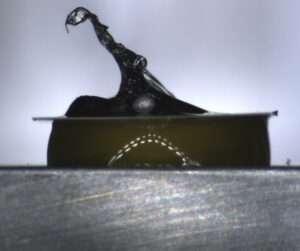Corneal Ectasia occurs when there are irregularities in the cornea which may lead to disturbances of vision. Astigmatism is a common outcome of corneal ectasia, but the disorder can also occur after refractive surgery (LASIK). It is the second leading cause of corneal transplantation worldwide. To treat it, the U.S. FDA approves of corneal cross-linking (CXL) to stop the ectatic process. This is a process that stiffens the cornea with a photosensitizer followed by uniform ultraviolet-A exposure. The additional chemical bonds created through this process increases the overall corneal strength.
Another recent approach is localized CXL. The risk of complication and infection is expected to diminish by limiting the irradiated area. Dr Giuliano Scarcelli and his team at the University of Maryland investigates localized CXL within and beyond the irradiated region in three-dimensions and worked with fresh porcine eyes acquired within 8 hours after the animal was killed.
The CellScale MicroTester was used to evaluate the mechanical properties of each corneal sample through a compression test, from which the Young’s Modulus could be derived from force and displacement data.
Image below: A parallel plate compression test of the corneal sample.

Read the full journal article here: https://doi.org/10.3928/1081597X-20190304-01
To read about another cornea research based in the IROC Institute in Switzerland, click here.







